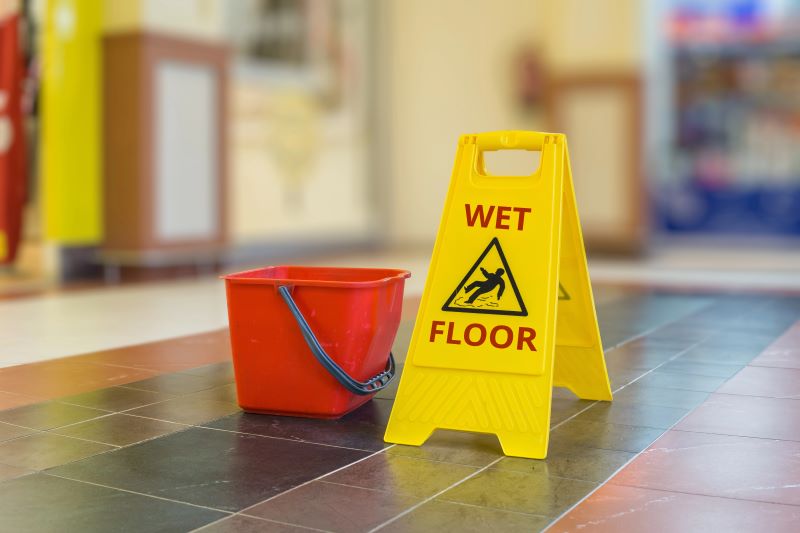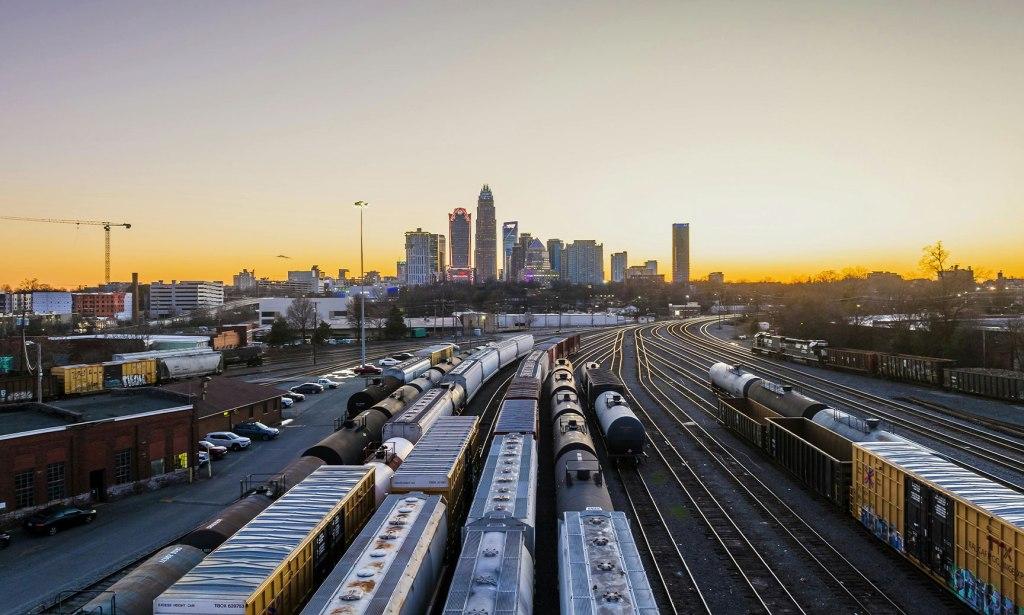
Premises liability is a legal concept in which property owners and occupants are held culpable for accidents and injuries occurring on their property. One common type of premises liability case is slip-and-fall accidents. When someone is injured when they slip, trip, or fall on another person’s property, the injured party may hold the property owner or occupant liable for any injuries.
Aspects of Premises Liability
Reasonably Safe
In slip and fall cases, the critical question is who is responsible for the dangerous condition that caused the accident. Property owners and occupants must maintain their premises safe for visitors. This duty means they must take reasonable steps to address hazardous conditions that could cause someone to slip and fall.
For example, if a grocery store fails to mop up spilled milk promptly and a customer slips on the wet floor, the store may be liable for the customer’s injuries. Similarly, if a property owner neglects to repair a broken staircase railing and a visitor falls, the property owner could be found responsible for the accident.
Visitor Categories
It’s important to note that the duty of care owed to visitors varies depending on their status. Visitors to a property fall into one of three categories: invitees, licensees, and trespassers. Property owners owe the highest obligation of care to invitees, typically guests or customers invited onto the property for business purposes. They must ensure that the premises are safe and free of hazards. Licensees are social guests or others who enter the property for non-business purposes, and property owners must warn them of any known dangers. Trespassers enter the property without permission. While property owners do not owe any obligation to trespassers, they are still prohibited from intentionally causing harm to them.
Establishing Liability
To establish liability in a slip-and-fall case, the injured party must demonstrate that the responsible party knew (or should have known) about the danger and failed to address it. This often requires evidence such as accident reports, witness testimony, and documentation of the hazardous condition.
Minimizing the Risk
Property owners and occupants can take steps to minimize the risk of slip-and-fall accidents on their premises by implementing regular inspections, promptly addressing any hazardous conditions, providing adequate lighting, and installing warning signs when necessary. By taking these precautions, they can reduce the possibility of accidents and protect themselves from potential liability.
Premises liability is a legal concept that holds property owners and occupants accountable for maintaining safe conditions. Regarding slip-and-fall injuries, establishing liability requires demonstrating that the property owner or occupant failed to address a known hazardous condition. Property owners and occupants can help prevent slip-and-fall accidents and minimize liability risk by understanding their responsibilities and taking proactive measures to address potential dangers.
Layton Law Firm
Have you experienced a slip-and-fall accident on a business or private property? Do you need help recovering medical expenses for your injuries? Layton Law Firm can help. We’ll evaluate your claim and recommend the best action toward receiving appropriate compensation. Contact us today at 704-749-7747.

